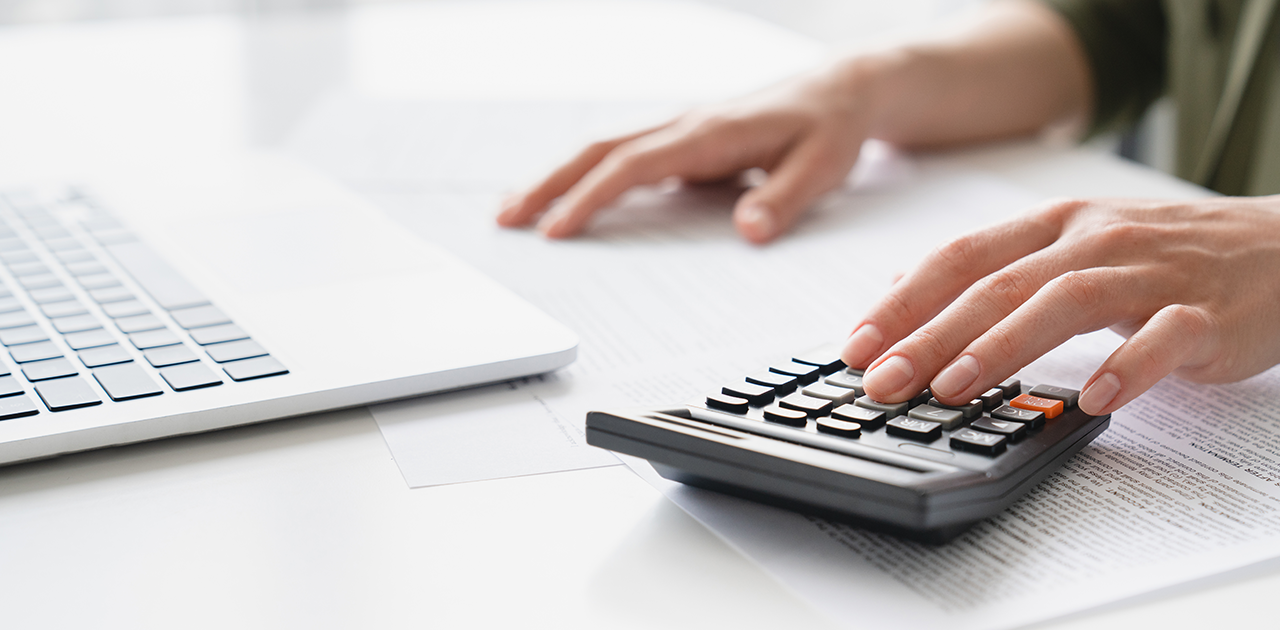5 steps to effectively manage and reduce water use in your business
Wicklow Naturally
When looking for sustainable initiatives in businesses, we often overlook the importance of saving water, especially in countries like Ireland where water shortages aren’t an everyday concern. Treating and pumping these large volumes of water into our homes and businesses is a heavy user of energy.
Water is life and the most precious of all our resources. On an ethical, moral and human level, we must value it and not waste it. Globally, water demand has increased by 600% in the last 100 years and is projected to increase by another 25% by 2030. If you’re interested in learning how you can begin to measure and reduce your water use then read on.
1. Assign a water steward
Appoint someone in your business to take control of water management. Ask around and see who is interested in the area. Make sure the person is committed and reliable. You may need to provide this person with extra training and access to expert help.
2. Measure your water use
- Once you have a water steward in place they can begin measuring water use. We suggest measuring this on a weekly basis at a minimum (remember the longer you leave between checking, the longer a leak can go undetected for).
- To start this process, you’ll need to locate your water meter/s within your business. (If you cannot find them, contact Irish Water).
- For larger businesses with higher water use, there may be several meters. Remember to take readings from them all.
- Log the reading/s from the meter/s in an excel file and make sure to record the time and date also.
- Take today’s reading, for example, and subtract the previous reading on the same day last week. This gives you your weekly Cubic Meter Consumption.
- After doing this for a number of weeks, you will easily see a pattern of the amount of water you are using to run your business. If this pattern changes, it’s a warning to check for leaks, taps being left on, or other problems.
3. Implement quick-win measures
- Check for and fix leaks
How to check for a leak:
- Select a time when your business has minimal or no activity/when you are sure that little or no water is being used and take a meter reading.
- Wait 3+ hours and take the meter reading again.
- If there is a substantial difference, you have a leak. In this case, call a plumber and/or contact Irish Water.
- Use water-demanding machinery/appliances efficiently. Only run dishwashers, washing machines and other water-intensive appliances when they are full and on eco mode settings.
4. Install water-efficient technologies
- Aerators: Aerators can be used to reduce the flow rate in taps and showers. These are simple pieces of equipment that can be screwed on to taps. The goal is to reduce water consumption without a reduction in customer experience.
- Cistern Bag/Hippos: If your toilet flush rate is high, inserting a cistern bag (e.g. Hippo) or even a brick will displace water in the cistern and reduce the water volume per flush. Monitor after installation to ensure the flush is strong enough. Very useful with older big flush cisterns.
- Taps: Two-tap sinks with screw taps are prone to not being closed and are estimated to release 15 litres of water per tap per minute! Replace traditional taps with mixer taps, lever taps or sensor taps. Flow rate can be reduced to 4 litres per minute!
- Low-low Showers: These can be sourced from specialist suppliers and mix air with water to preserve the shower experience while dramatically reducing water use. Traditional power showers can use 25 litres per minute while a low-flow shower can use as little as 10 litres per minute.
5. Install a rainwater-harvesting system
- Captured rain can be perfect for non-potable needs, e.g. in the garden. Investment in a full filtration system would allow rainwater to be fully reused in your business. Rainwater harvesting can be installed in a new build to have the water piped direct to toilet cisterns using mains supply as a backup.
Remember these are just some of the ways you can begin to reduce water use in your business. Explaining to staff why you are doing this and asking for their input may highlight extra places you can save water!


